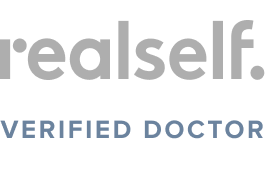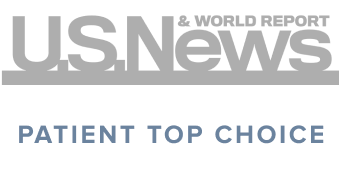Interstitial Cystitis Treatment
Serving Chevy Chase, Rockville, Bethesda, &
the Washington DC areas, including Alexandria & Arlington, VA.
Interstitial cystitis (IC) was first described in 1887. In 2007, the terms Hypersensitive Bladder Syndrome and Painful Bladder Syndrome were introduced by the Japanese and European urologists with expanded criteria for inclusion. Interstitial cystitis consists of a multitude of symptoms that include bladder pain/discomfort/pressure, urinary urgency, and urinary frequency. Interstitial cystitis affects women, men, and children but is more common in adult women. It is believed that 3 to 6 percent of women have symptoms of Interstitial cystitis ranging from mild to severe. Interstitial cystitis has been linked to other conditions such as IBS (irritable bowel syndrome), migraines, allergies, endometriosis, pelvic floor dysfunction, vulvodynia, CFS (chronic fatigue syndrome), and Sjogrens Syndrome.











